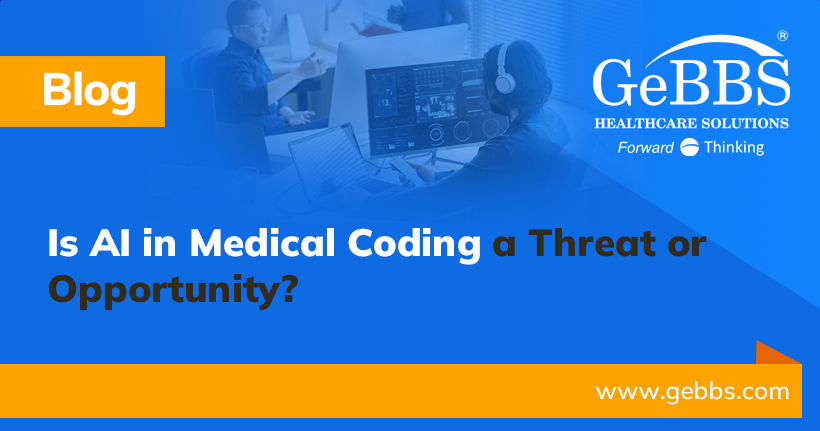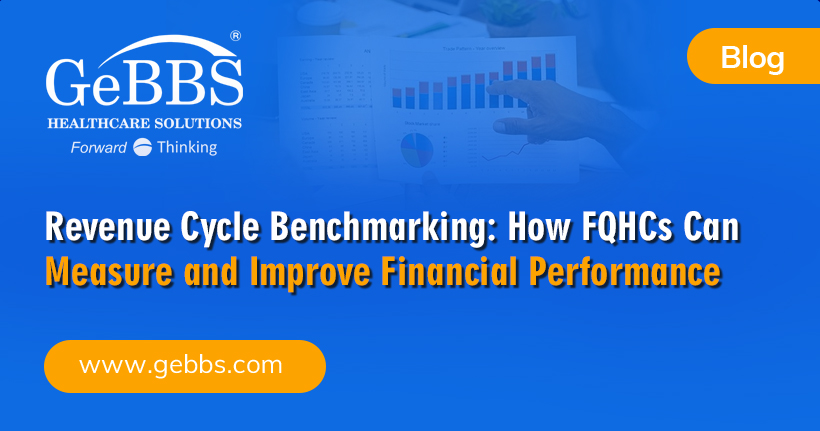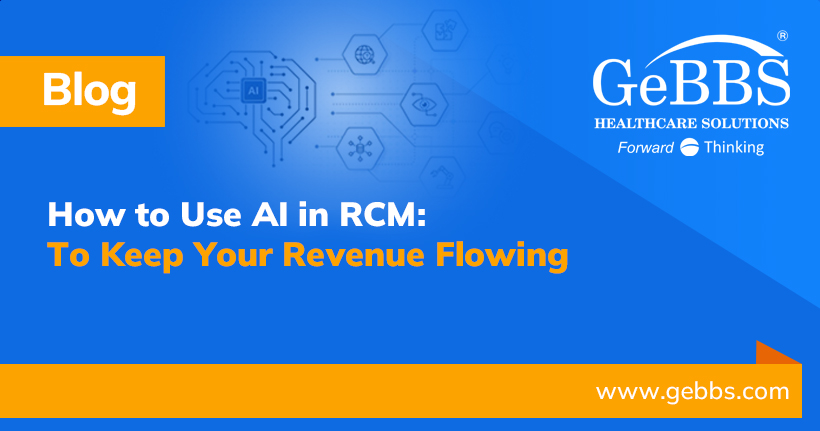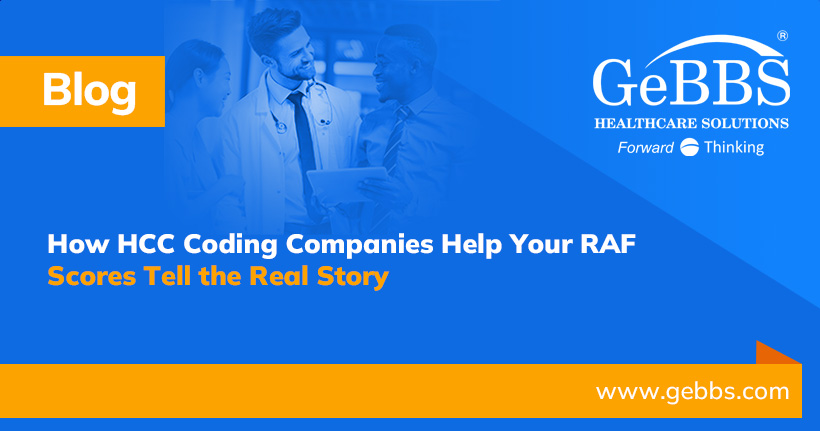Risk adjustment shouldn’t feel like wading through mud. But for many payers, it does. The data trickles in slowly, coding gaps slip through the cracks, and by the time everything is processed, you’re left wondering if the numbers even reflect reality. Sound familiar?
Maybe you’ve spent hours chasing down documentation, only to end up with risk scores that feel incomplete or outdated. Frustrating? Absolutely. You’re doing everything right—upgrading systems, refining processes—yet the results still fall short.
Here’s the good news: smart technology is rewriting the rules. AI, automation, and predictive analytics are not just speeding things up, but making risk adjustment fairer and more accurate, too. Curious to see how it all comes together? Let’s dive in and explore what’s possible.
Making Risk Adjustment Faster with AI-Driven Data Retrieval
Let’s face it. Manual data collection can feel like trying to fill a bucket with a dripping faucet. You’re constantly waiting for the trickle of information from electronic health records (EHRs), claims data, and provider notes. The result? Risk scores are delayed, payments slow down, and frustration builds across the board. That’s where AI-driven automation comes in.
Instead of spending tedious hours digging through unstructured data with manual chart reviews, AI can instantly extract the information you need. Imagine a system that pulls relevant clinical data directly from EHRs, claims, and even those messy handwritten notes from providers. Suddenly, what used to take weeks can now happen in days, if not hours.
But speed isn’t just about automation. Cloud-based platforms enable patient data to be updated in real time, meaning no more waiting for manual uploads or batch processing. Every time new information enters the system, it’s integrated instantly—keeping your data current and actionable.
Key Takeaway: Faster data retrieval doesn’t just mean quicker processing. It reduces administrative backlogs, accelerates payments, and gives your team the time and space to focus on what really matters: making informed decisions to improve patient outcomes.
Making Risk Adjustment Fairer with Quality-Driven AI Analytics
Risk adjustment isn’t just about speed. It’s about fairness. And let’s be honest, the current system often misses the mark. Traditional models frequently overlook key health conditions, leading to unfair reimbursements. Some plans get undercompensated, while others receive more than their fair share. The playing field is anything but level. So, how do we fix that?
AI-driven analytics are stepping in to bridge those gaps. Predictive models reduce the likelihood of high-risk patients being overlooked simply because their conditions weren’t captured in the right documentation. Machine learning algorithms proactively search for coding gaps, identifying diagnoses that might otherwise be missed—as well as the missed revenue opportunities that go along with them.
Even better, unified platforms are starting to connect risk adjustment directly with quality metrics like HEDIS. This integration minimizes the risk of your organization being penalized for discrepancies between quality reporting and reimbursement models, which is an all-too-common problem in traditional systems.
The Impact is powerful. In addition to making adjustments more equitable, AI aligns reimbursement with the true level of patient complexity. No more financial penalties for conditions that went unnoticed or were poorly documented. Just accurate, fair reimbursement based on real patient data.
Key Takeaway: AI-driven analytics eliminate bias and reduce discrepancies, helping payers get reimbursed fairly for the real risks they manage, not outdated or incomplete data.
Making Risk Adjustment More Accurate with Integrated Platforms & Predictive Analytics
Speed and fairness are essential. But if the data isn’t accurate, the whole system falls apart. Traditional risk adjustment methods often rely on outdated or incomplete information, leaving gaps that can lead to financial penalties and compliance issues. Integrated platforms and predictive analytics change that.
First, Natural Language Processing (NLP) digs deep into unstructured provider notes—those handwritten or loosely typed observations that often hold crucial risk factors. Instead of letting these details slip through the cracks, NLP extracts and codes them automatically so nothing gets missed.
Then, predictive analytics takes the reins. By analyzing patterns in patient data, AI can forecast risk levels before they escalate. This proactive approach allows payers to intervene early, improving outcomes while avoiding costly surprises down the road.
And finally, let’s not forget compliance: one of the most nerve-wracking aspects of risk adjustment. Automated compliance monitoring helps maintain real-time regulatory compliance, taking the guesswork (and potential penalties) out of the equation.
By leveraging NLP, predictive analytics, and automated compliance, AI-driven platforms continuously learn and adapt over time. As regulatory standards evolve, these systems adjust automatically, allowing you to stay compliant without the need for constant manual updates.
Key Takeaway: Integrated platforms and predictive analytics don’t just improve accuracy—they future-proof your entire risk adjustment process, helping your organization stay compliant, proactive, and financially secure.
The Path to Smarter, Fairer Risk Adjustment Starts Here
Remember that feeling of frustration—the slow data trickle, coding gaps slipping through, and risk scores that never quite reflect reality? Now, imagine the opposite. Picture a system where data flows in real time, coding gaps are flagged automatically, and risk scores are accurate, fair, and up to date.
No more chasing down documentation or waiting for weeks to process claims. Instead, payments flow smoothly, administrative backlogs shrink, and your team has the breathing room to focus on strategy, not firefighting. Compliance headaches? Gone. Automated monitoring handles that in the background.
With AI-driven automation, predictive analytics, and integrated platforms, risk adjustment becomes a proactive tool, not a reactive burden. The result? A leaner, more efficient operation that’s not just keeping up, but leading the way in today’s fast-moving healthcare landscape. Looking to simplify risk adjustment while improving accuracy and fairness? GeBBS’ Risk Adjustment and Payer Solutions have you covered. With AI-powered automation, real-time data integration, and predictive analytics, GeBBS helps you close coding gaps, streamline documentation, and stay ahead of compliance risks. Our cutting-edge iCode platform ensures faster processing and fairer reimbursements, so you can focus on what matters most—improving patient outcomes and financial performance. Ready to lead the way in smarter risk adjustment? Contact GeBBS today.






